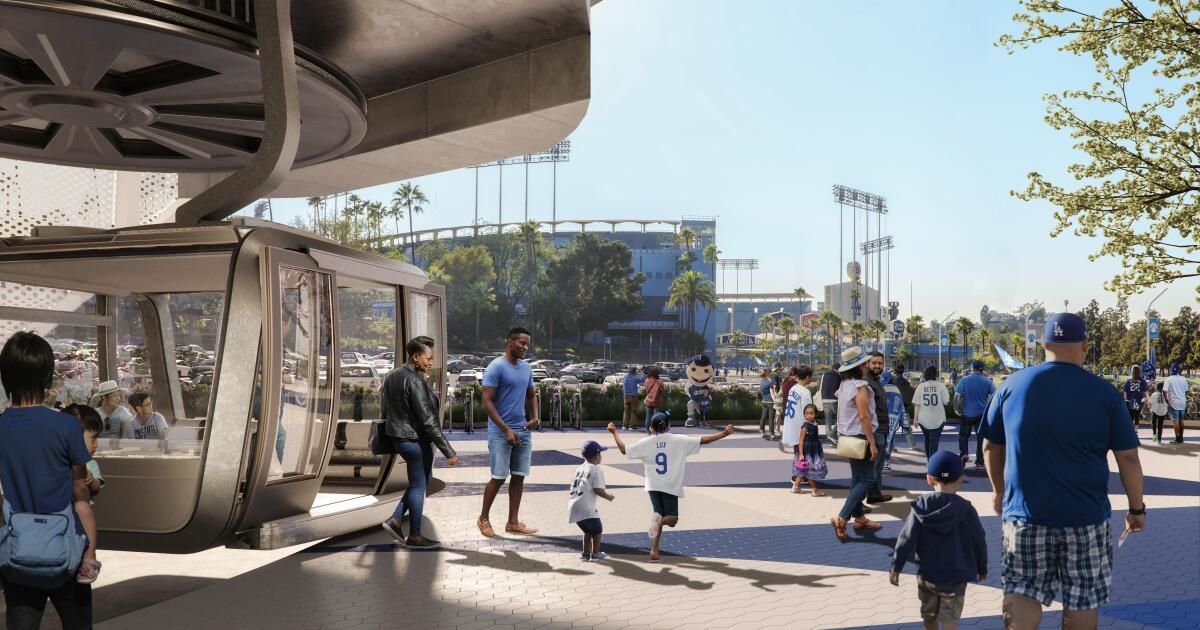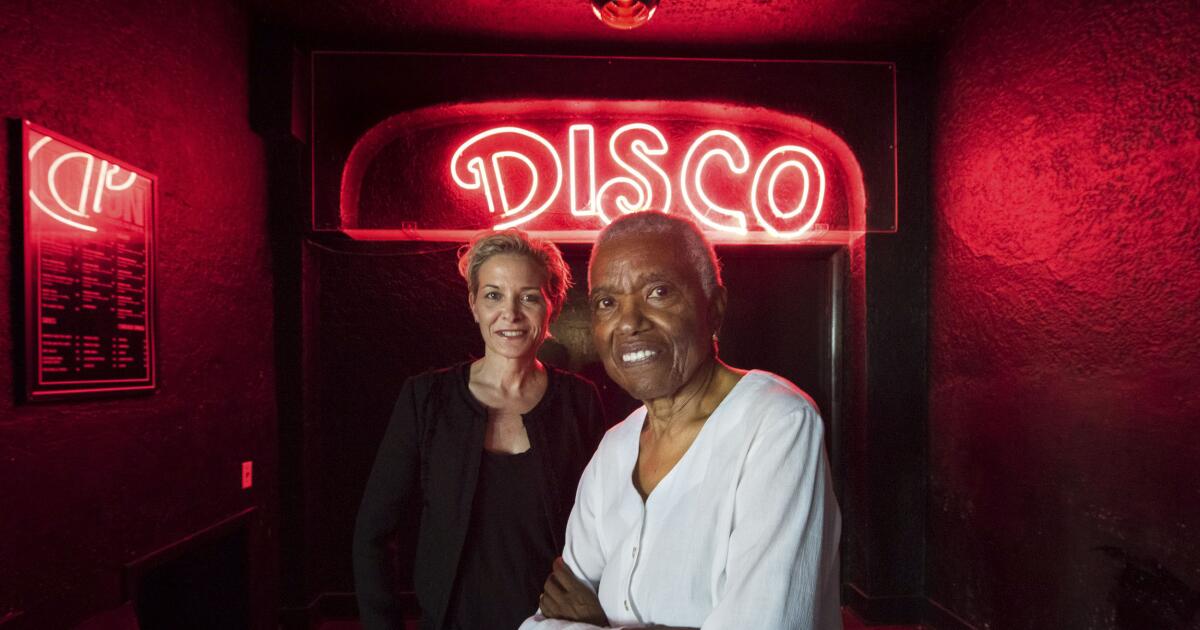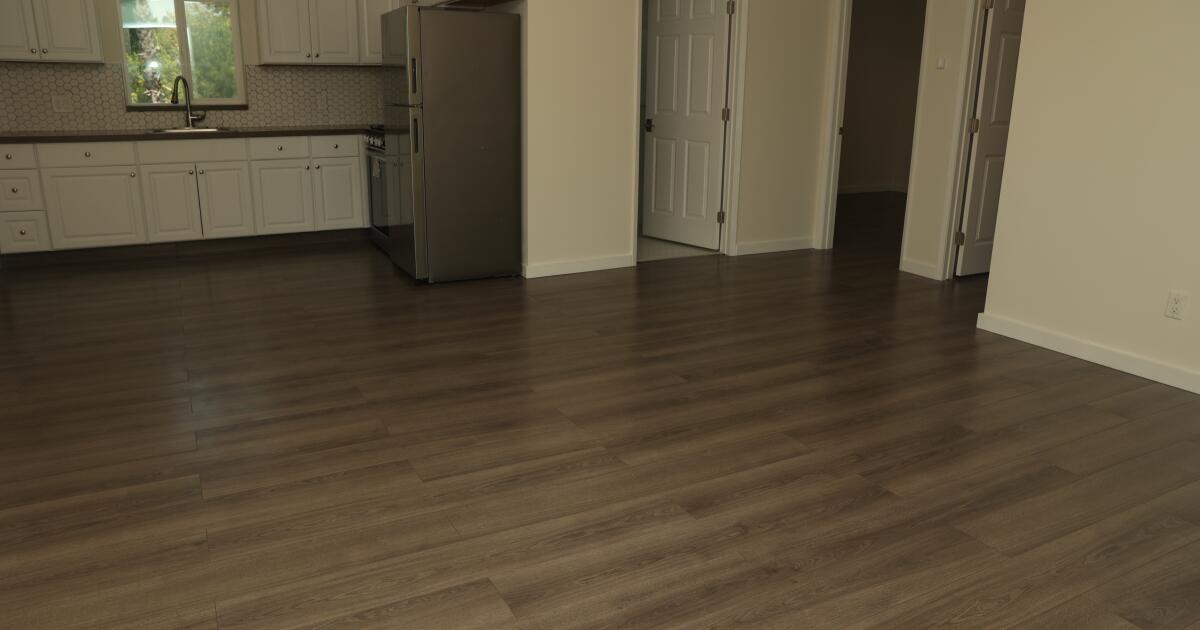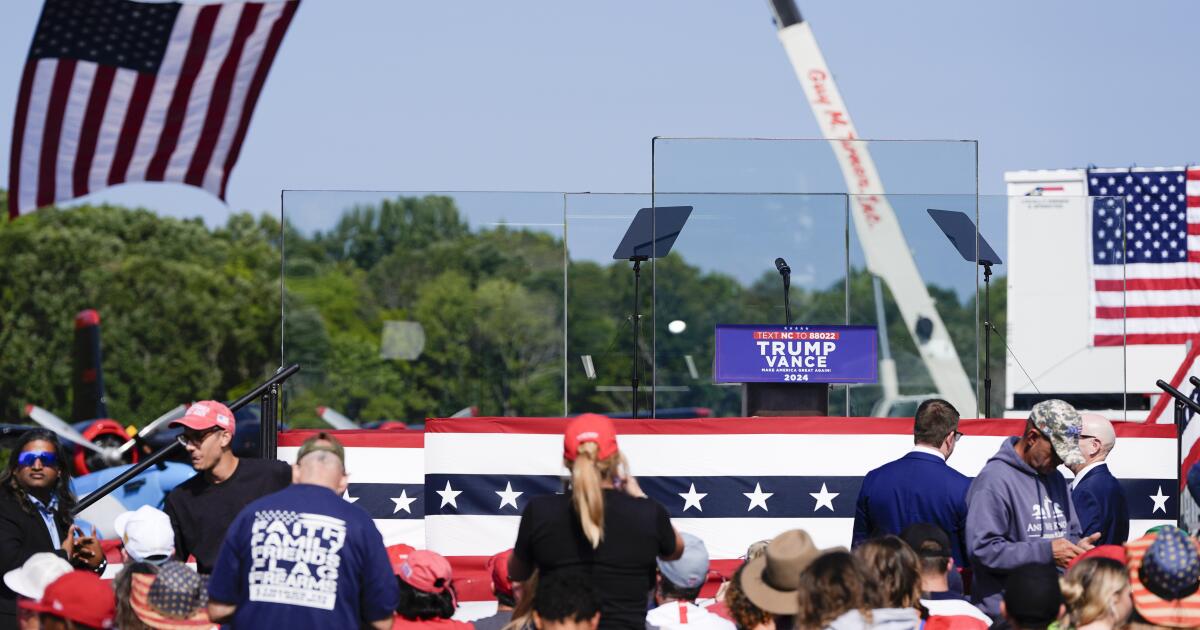I am the president of Friends of Elysian Park, a volunteer organization formed in the mid-1960s to prevent a convention center from being built in the city's oldest public park. Since then, in addition to planting trees and coordinating park cleanups, we have managed to keep a soccer stadium, oil wells, a small plane airport, and other unwanted developments at bay.
Today, Elysian Park is under threat again, this time by a gondola proposed by former Dodgers owner Frank McCourt and his associated companies: Los Angeles Aerial Rapid Transit, Climate Resolve and a new nonprofit, Zero Emissions Transit. . Their plan is to build the LA ART gondola from Union Station to Dodger Stadium, transporting baseball fans to and from the stadium while reducing traffic and air pollution.
Sounds like a lovely idea, right? Don't be fooled. It is very possible that the gondola is not fair a gondola Even if it is, it will be less a dream come true than a nightmare.
McCourt's project is currently being considered by Metro, the county's transportation agency, which will vote on a final environmental impact report perhaps as soon as this month. If the board of directors approves it, their plans will have cleared a crucial first hurdle.
The Friends of Elysian Park strongly urge a vote against.
As reported by The Times, it's an open secret that a gondola could well be the precursor to a massive entertainment, retail and housing complex built on the stadium parking lots, which McCourt still partially owns. Remember: almost two decades ago, when he owned the team, McCourt revealed precisely that plan.
Imagine gondola riders (and cars) entering and exiting a development similar to downtown's LA Live, at all hours, 365 days a year. Elysian Park would no longer be Elysian Park, and the neighborhoods around it would also be irrevocably changed.
Even without the parking complex, LA ART would have a large negative impact. The plans, as detailed in the final EIR, call for a futuristic elevated passenger platform at the Union Station terminal. Built on stilts in the middle of Alameda Street across from El Pueblo de Los Angeles, the structure would obscure Union Station's beautiful Mission Revival entrance and overshadow El Pueblo, the historic center of Los Angeles.
Another massive “intermediate” station would be built at the southernmost entrance to Los Angeles State Historical Park, commemorating the ancient site of a Tongva village, the camp of the first Spanish missionaries in California and a railroad that carried thousands of immigrants. to the Angels. Commercial activities in state parks are prohibited except for the “safety, comfort and enjoyment” of park visitors; and in historic parks, such activities must be relevant to the history in question. Does a gondola floating above our heads meet the criteria? LA ART would clear a hill in Los Angeles State Historic Park by just 26 feet; More than 80 mature trees would have to be removed.
In Chinatown, the five-ton gondolas, carrying about 40 passengers each and most likely decorated with logos to help cover the project's estimated $500 million price tag, would pass just 50 feet above houses and apartments. Suspended on cables from massive 200ft towers, the tram would follow Bishops Road past Radio Hill to the stadium car park.
Once operational, according to the EIR, the gondola could operate year-round, from 6 a.m. to midnight. Ask yourself this: Why even contemplate such a schedule if the gondola is primarily intended to transport fans to and from Dodger Stadium for about 90 home and playoff games during the baseball season?
He The final EIR specifically suggests that the gondola should be evaluated strictly as a transportation project. Metro “is not required to look at the larger picture or attribute a motive” to the plan beyond building a gondola.
In our opinion, the final EIR subverts the way an environmental review is supposed to work.
For example, the California Environmental Quality Act requires that environmental impact reports analyze every part of a project's design. However, the document that Metro will vote on postpones the study of the gondola's impact on the Los Angeles SHP; California State Parks will do so later.
CEQA also requires a good faith study of feasible alternatives and, yes, the final EIR considers reconfiguring the Dodger Stadium Express buses, which now run from Union Station on game days. But the comparison places so many limitations on the bus alternative that it seems designed to fall short. (A robust countywide parking and transportation program works well for the Hollywood Bowl.)
Finally, CEQA requires that projects not be considered fragmented, with separate EIRs. But given the strong possibility that McCourt's gondola will open the door to more development in the stadium parking lots, the final EIR doesn't seem final at all.
An air rapid transit project from Union Station to Dodger Stadium sounds like a happy answer to traffic problems and game-day gridlock in Los Angeles. Until you look closer. As a Trojan horse for massive development in Elysian Park, it's a terrible idea.
Philip Murphy is the president of Friends of Elysian Park.












